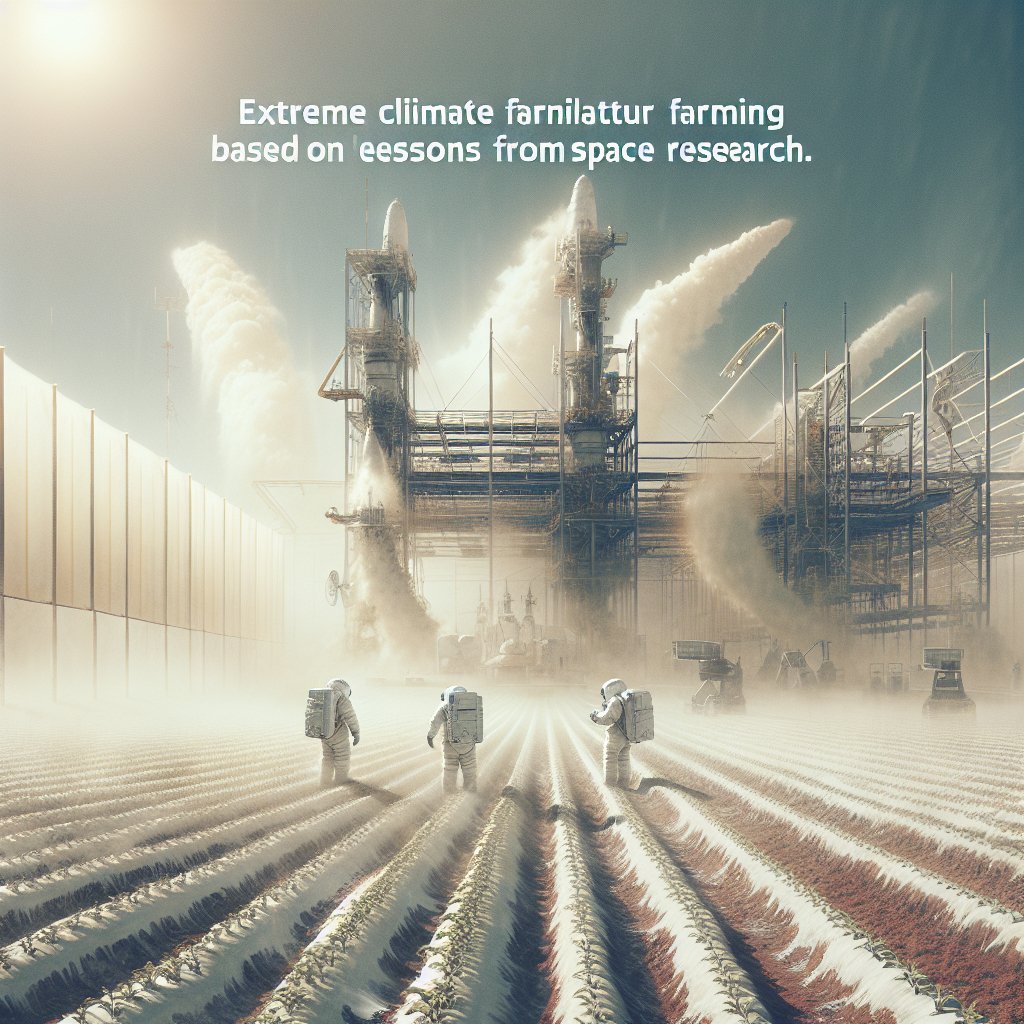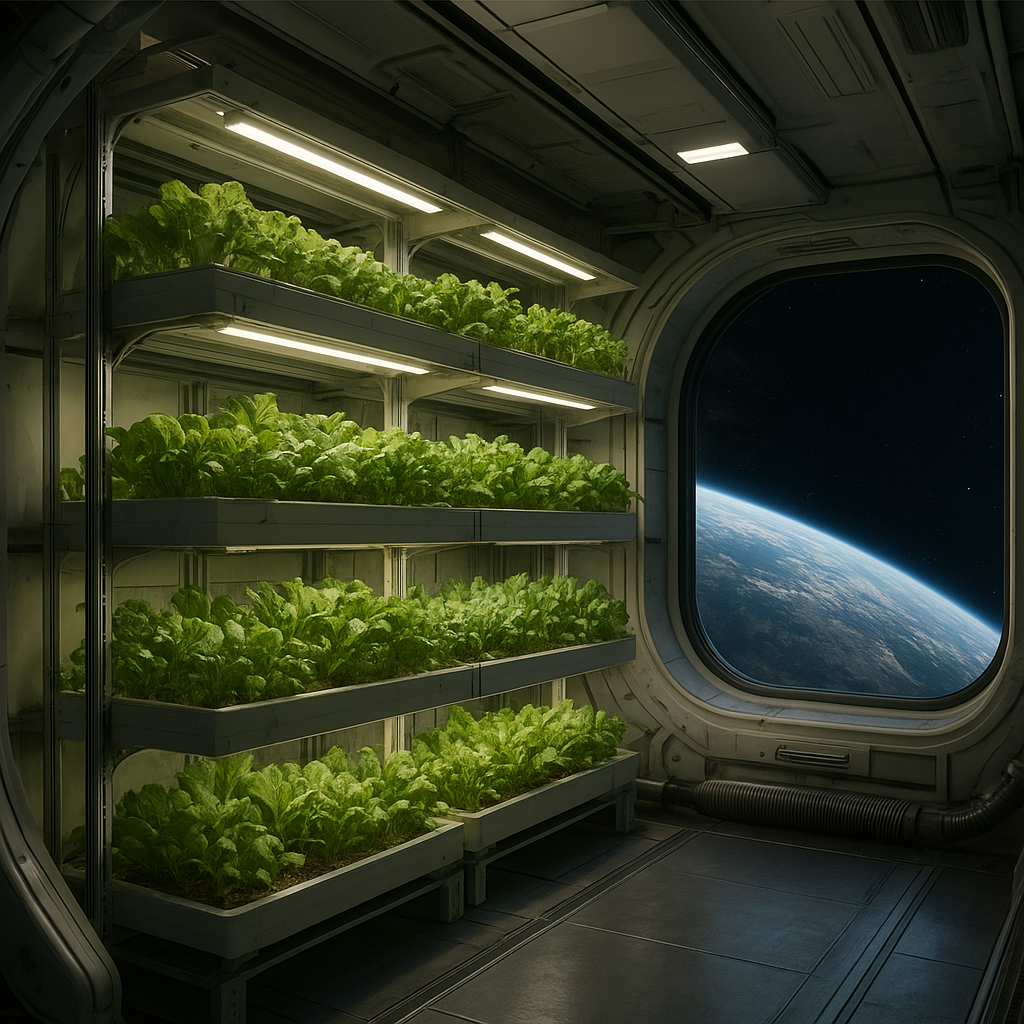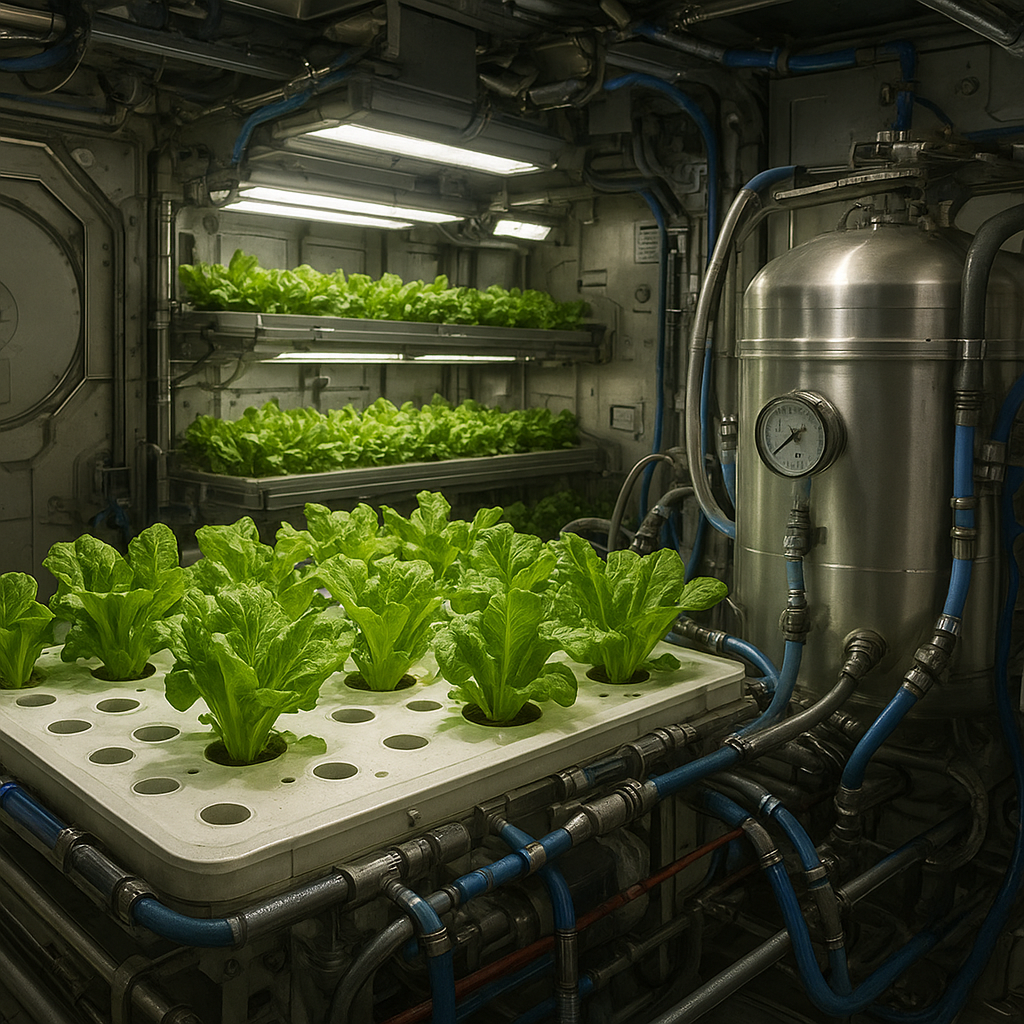Farming in extreme climates presents unique challenges that can be better understood through the lens of space research. As humanity looks to the stars, the lessons learned from cultivating crops in harsh extraterrestrial environments can provide valuable insights for agricultural practices on Earth, particularly in regions facing extreme weather conditions. This article explores the intersection of agriculture and space research, highlighting innovative techniques and technologies that can help us adapt to and thrive in extreme climates.
Understanding Extreme Climates
Extreme climates are characterized by conditions that can be detrimental to traditional farming practices. These include high temperatures, low precipitation, and unpredictable weather patterns. Regions such as deserts, polar areas, and places prone to natural disasters like floods or droughts face significant agricultural challenges. Understanding these climates is crucial for developing effective farming strategies.
In many parts of the world, climate change is exacerbating these conditions, leading to more frequent and severe weather events. Farmers are increasingly required to adapt their practices to ensure food security. This is where the insights gained from space research come into play. By studying how plants respond to extreme conditions in space, scientists can develop new agricultural techniques that may be applicable on Earth.
Lessons from Space Research
Space research has provided a wealth of knowledge about how plants can survive and thrive in extreme environments. The International Space Station (ISS) has been a key platform for conducting experiments on plant growth in microgravity and other challenging conditions. These experiments have revealed several important lessons that can be applied to farming in extreme climates on Earth.
1. Controlled Environment Agriculture (CEA)
One of the most significant advancements in space agriculture is the development of Controlled Environment Agriculture (CEA). CEA involves creating a controlled environment for plants, allowing for precise management of factors such as temperature, humidity, light, and nutrients. This technology has been successfully used on the ISS, where astronauts have grown various crops, including lettuce and radishes.
By implementing CEA techniques on Earth, farmers in extreme climates can mitigate the adverse effects of their environment. For example, in arid regions, greenhouses equipped with advanced climate control systems can maintain optimal growing conditions, allowing crops to flourish despite external heat and dryness. Similarly, in colder climates, indoor farming can provide a stable environment for year-round crop production.
2. Hydroponics and Aeroponics
Hydroponics and aeroponics are two innovative farming techniques that have gained popularity in space research. Hydroponics involves growing plants in nutrient-rich water, while aeroponics uses a mist to deliver nutrients directly to plant roots. Both methods require significantly less water than traditional soil-based farming, making them ideal for regions facing water scarcity.
These techniques can be particularly beneficial in extreme climates where soil quality is poor or water is limited. By adopting hydroponic and aeroponic systems, farmers can produce high yields with minimal resource input. Additionally, these methods can be implemented in urban areas, reducing the need for transportation and contributing to local food security.
3. Genetic Engineering and Crop Resilience
Space research has also highlighted the potential of genetic engineering to enhance crop resilience. Scientists have been able to identify specific genes that enable plants to withstand extreme conditions, such as high salinity, drought, and temperature fluctuations. By incorporating these traits into crop varieties, researchers can develop plants that are better suited for extreme climates.
For instance, genetically modified crops that can tolerate higher temperatures or require less water can be a game-changer for farmers in regions affected by climate change. These resilient crops can help ensure food production even in the face of environmental stressors, ultimately contributing to global food security.
Implementing Space-Inspired Solutions on Earth
While the lessons learned from space research are promising, implementing these solutions on Earth requires collaboration between scientists, farmers, and policymakers. Here are some key strategies for integrating space-inspired agricultural practices into extreme climate farming:
1. Research and Development
Investing in research and development is crucial for advancing agricultural technologies inspired by space research. Governments and private organizations should prioritize funding for projects that explore innovative farming techniques, such as CEA, hydroponics, and genetic engineering. Collaborative efforts between agricultural scientists and space agencies can lead to breakthroughs that benefit both fields.
2. Education and Training
Farmers must be equipped with the knowledge and skills to implement new technologies effectively. Educational programs and training workshops can help farmers understand the benefits of space-inspired practices and how to integrate them into their operations. By fostering a culture of innovation and adaptability, farmers can better respond to the challenges posed by extreme climates.
3. Policy Support
Policymakers play a vital role in creating an environment conducive to the adoption of new agricultural practices. Supportive policies, such as subsidies for sustainable farming technologies and incentives for research collaboration, can encourage farmers to explore space-inspired solutions. Additionally, policies that promote water conservation and climate resilience can help mitigate the impacts of extreme weather on agriculture.
Conclusion
The intersection of farming and space research offers a unique opportunity to address the challenges posed by extreme climates. By leveraging the lessons learned from cultivating crops in space, we can develop innovative agricultural practices that enhance resilience and sustainability on Earth. As we continue to explore the cosmos, the knowledge gained can help us secure a more food-secure future, even in the face of environmental extremes.
Ultimately, the journey of farming in extreme climates is not just about survival; it is about thriving in the face of adversity. By embracing the insights from space research, we can cultivate a new era of agriculture that is adaptable, resilient, and capable of meeting the needs of a growing global population.




